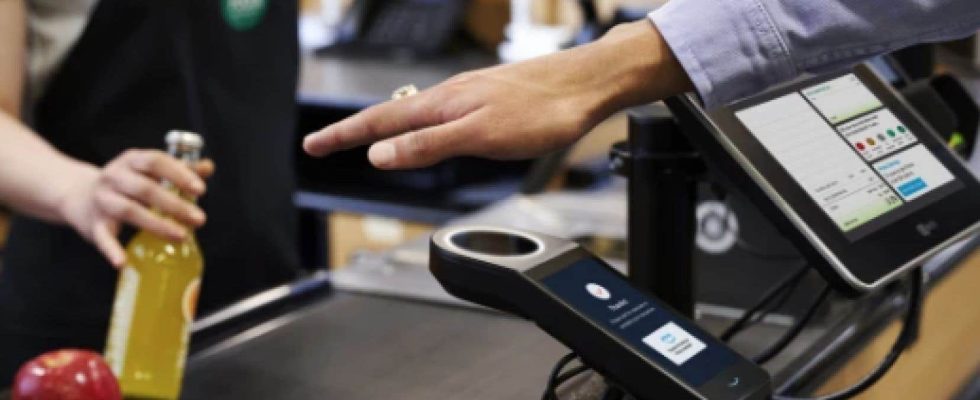Amazon will offer contactless payment with the palm of the hand in all of its Whole Foods supermarkets in the United States, another step in the generalization of this new technology.
The Seattle giant will thus expand to more than 500 points of sale of this chain acquired in 2017 a service which was already available in 200 of them, according to a press release published Thursday.
Amazon One, the name of the program, requires you to have an Amazon account and to register beforehand using your payment card and scanning the palm of each of your hands in store.
Once the operation has been completed, the customer will only have to wave his hand in front of a biometric reader at the checkout to pay for his purchases.
Amazon already offers Amazon One to third-party companies and in March entered into a partnership with US fast-food chain Panera Bread, which has started rolling out terminals in some of its branches.
The service has also been installed in several venues as well as points of sale in airports and is also being tested in certain Starbucks cafés.
The collection and storage of biometric data being a sensitive subject for many consumers, Amazon indicates that the images of palms recorded by the terminals are encrypted and stored in a dedicated and secure digital space.
Access to this space “is very limited”, assures the group, specifically to employees of Amazon Web Services (AWS), the remote computing subsidiary (cloud), who have received specific training.
The palm image is not only a photograph but also maps the vascular network.
Because of this, “your palm signature can’t be duplicated, unlike a credit card or a password,” Amazon claims, according to which the ID software “knows the difference between a real palm and a copy.”
The group says it has tested more than a thousand models of silicone palms and printed in three dimensions to verify that the terminal could not confuse a replica and the original.
Another sign of the generalization of palm recognition, its launch in China, in May, in the Beijing metro by the technological giant Tencent, which relies on its WeChat platform.
By fall 2022, WeChat had started rolling out the technology to stores in Shenzhen.
